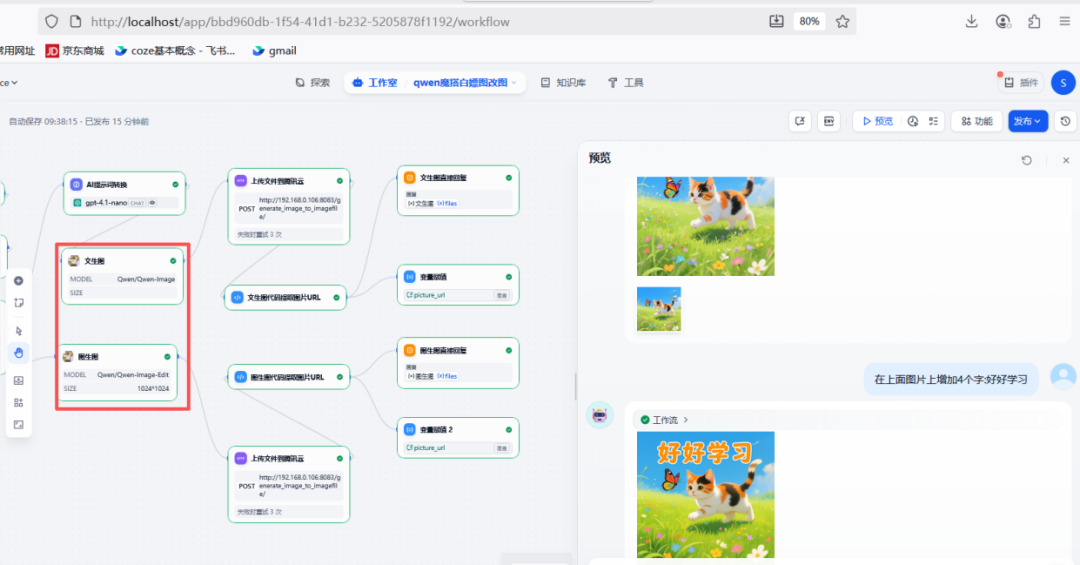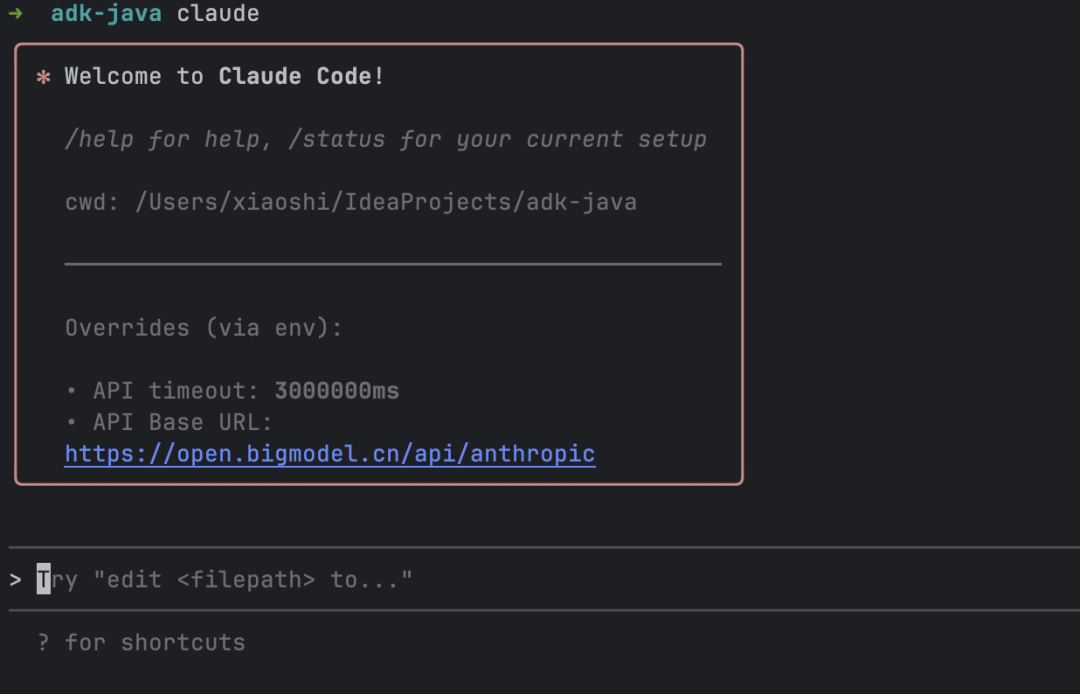In the current world of software development, a program called Refact 's open source AI development agent is garnering attention. More than just a code-completion tool, it aims to cover the entire software engineering lifecycle, from requirements understanding to final deployment. Notably.Refact It was the first to pass the SWE-bench AI development agent for testing.SWE-bench is a benchmark test for evaluating the problem-solving capabilities of large language models in real software engineering tasks, where passing the test means that they are reliably capable of handling real development problems.
Core Functions and Architecture
Refact The capabilities are built on four core characteristics:
- Full Process Agency: it can be directly linked to the
GitHub,Dockercap (a poem)PostgreSQLand other development toolchains to interact. This means it can automate a range of tasks such as code writing, environment configuration, database migration, etc., connecting multiple steps that used to be performed manually. - context-sensitive: The tool has a built-in program based on the
Qwen2.5-Coder-1.5BRetrieval-enhanced generation of models (RAG) technology. By searching the local codebase and related technical documentation, it can provide code that better fits the project's existing specifications and business logic, which is officially shown to have improved its complementation accuracy by 67%. - Multi-model support::
RefactThe architecture is open. In addition to native support forClaude 3.5 Sonnetcap (a poem)GPT-4oIn addition to models such as this, it allows users to access and switch to theGemini,Deepseekor other third-party large language models. This Model-as-a-Service (MaaS) design provides organizations with the flexibility to dynamically select the optimal model based on cost and performance requirements. - Private deployment: for organizations with high data security and code privacy requirements.
RefactA self-hosted deployment option is available. This means that all data and AI computation can be run on an organization's own servers, giving it complete control over data sovereignty, which is especially important for heavily regulated industries such as finance and healthcare.

From its system architecture, theRefact Access to over 20 developer tools through the tool adaptation layer, including common project management tools Jira and continuous integration tools Jenkins, forming a relatively complete development ecosystem. Its context engine and security system ensure the quality of generated code and operational compliance.
| Module Classification | Functional realization | Value of Strengths |
|---|---|---|
| tool adaptation layer | Supports 20+ developer tools APIs | Forming a complete development ecological closed loop |
| Model as a Service (MaaS) | Self-developed traffic scheduling algorithm | Supports dynamic switching between different models (Claude 3.5 / GPT-4o / Gemini) |
| context engine | Local code base + remote document retrieval | Ensure code conforms to project specifications and business semantics |
| security system | Kubernetes natively compatible |
Secure API keys and audit sensitive operations |
Demonstration of practical application scenarios
Refact The value of this is in the efficiency of solving daily development tasks.
Scenario 1: Rapid implementation of the API prototype
Developers no longer need to write sample code from scratch. For example, when an API is needed for paging through user data, developers need only provide a simple natural language command:
"Designing Paged Queries Based on User Table Fields RESTful API"
Refact The workflow is as follows:
- Analyze existing user tables in the database
schemaThe - Generate an adaptation technology stack (e.g.
FlaskmaybeRust) of the back-end code. - Automatically creates for deployment
DockerfileThe - Invoke the model inference toolchain to automatically build container images and generate unit tests.

This process can reduce hours of work in traditional development to the minute level.
Scenario 2: Assisted Reconfiguration of Legacy Systems
In the face of complex system migration tasks.Refact can be equally helpful. Suppose there is a need to convert an old Node.js Migration of the logging system to Python FastAPI framework, developers can execute the following instructions:
# 指令:将 Express 日志中间件重构为 ASGI 兼容的格式
refact suggest "Express -> ASGI middleware 重构"
The system not only generates interoperability layer code for compatibility with the old and new systems, but also provides additional optimization suggestions, such as thread-safety modifications and improvements to the exception handling model.
Rapid Deployment Guide
Users can choose between a standalone rapid experience or an enterprise-level containerized deployment depending on their needs.
Environmental Preparation:
- be in favor of
CUDA 8.0+(used form a nominal expression)NVIDIAvideo card DockerDesktop environment (v24.0+)Python3.8+ Operating Environment
Deployment Steps:
You can choose to deploy in any of the following ways.
# 方式1:单机快速启动
# 安装基础组件
pip install .
# 初始化配置,设置默认语言模型(例如 GPT-4o)
refact config --init
# 方式2:企业级容器部署
docker pull smallcloudai/refact:latest
docker run -p 8008:8008 smallcloudai/refact:latest
Once deployment is complete, you can configure the plugin in the IDE. Take VS Code As an example:
- Search and install in the plugin marketplace
Refact AI AssistantPlug-ins. - In the plugin configuration, enter the local service address:
http://127.0.0.1:8008The - Using shortcuts
Ctrl+Alt+R(orCmd+Alt+R) to recall theRefactSmart Terminal.
Comparison with mainstream tools
commander-in-chief (military) Refact together with GitHub Copilot cap (a poem) AWS CodeWhisperer Comparison of mainstream tools such as these reveals some differences in their design philosophy.
| comparison dimension | Refact | GitHub Copilot | AWS CodeWhisperer |
|---|---|---|---|
| Model Extensibility | Support third-party API access, flexible model selection | restricted to OpenAI mould |
restricted to AWS self-modeling |
| Deployment model | Support for private deploymentSafeguarding data sovereignty | Pure Cloud Services | Pure Cloud Services |
| Code Context Awareness | Retrieve the entire local code base with more complete context | Usually limited to the currently open file | Usually limited to the currently open file |
| Multi-tool integration | together with Docker, DB Deep integration with 20+ tools |
Basic IDE Integration | Basic IDE Integration |
| Deployment costs | Private deployment saves on license costs | Purchase of licenses by seat | dependencies AWS Computing resource consumption |
Refact The biggest differentiator is itsopennesscap (a poem)controllability. Supporting private deployments makes them a viable option for data security-sensitive organizations, avoiding the need to GitHub Copilot The limitations of relying exclusively on cloud-based services. Its estimated cost savings of about $3000 per year comes primarily from eliminating the cost of purchasing annual licenses for each developer, and instead shifting to one-time hardware investment and maintenance costs. This model is more cost-effective for organizations that already have some arithmetic resources.






































